Haunted Houses and
Family Ghosts of Kentucky
Haunted Houses
and
Family Ghosts
of
Kentucky
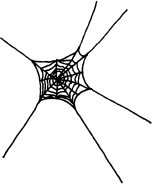
William Lynwood Montell
THE UNIVERSITY PRESS OF KENTUCKY
Publication of this volume was made possible in part by a grant from the National Endowment for the Humanities.
Copyright 2001 by The University Press of Kentucky
Scholarly publisher for the Commonwealth, serving Bellarmine University, Berea College, Centre College of Kentucky, Eastern Kentucky University, The Filson Historical Society, Georgetown College, Kentucky Historical Society, Kentucky State University, Morehead State University, Murray State University, Northern Kentucky University, Transylvania University, University of Kentucky, University of Louisville, and Western Kentucky University.
All rights reserved.
Editorial and Sales Offices: The University Press of Kentucky 663 South Limestone Street, Lexington, Kentucky 40508-4008
12 11 10 8 7 6 5
Library of Congress Cataloging-in-Publication Data
Montell, William Lynwood, 1931
Haunted houses and family ghosts of Kentucky /
William Lynwood Montell.
p. cm.
Includes bibliographical references and index.
ISBN-10: 0-8131-2227-9 (cloth : alk. paper)
1.GhostsKentucky. 2. Haunted housesKentucky.
BF1472.U6 M662 2001
133.1W769dc21 2001003508
ISBN-13: 978-0-8131-2227-4 (cloth : alk. paper)
This book is printed on acid-free recycled paper meeting the requirements of the American National Standard for Permanence in Paper for Printed Library Materials.

Manufactured in the United States of America.
 Member of the Association of American University Presses
Member of the Association of American University Presses
Dedicated to the memory of family and community members who told supernatural and historical legends while I was a child in Rock Bridge, Monroe County, especially my father, Willie Montell, and grandfather, Chris Chapman. They ranked among the best.
Illustrations
Acknowledgments
In compiling this collection of ghost stories from 103 counties across the Commonwealth, I was assisted by many people. I owe heartfelt thanks to students of all ages from middle schools, high schools, colleges, and universities around the state. Special thanks are hereby extended to students, professors, and archivists at Berea College, Mount St. Joseph Archives, Murray State University (MSU), Prestonsburg Community College, and Western Kentucky University (WKU). Approximately three-fourths of the ghost stories herein were contributed by students of all ages who obtained them from parents, grandparents, and community members, especially members of the older generations. I am also deeply indebted to all persons who told these stories to students or to me personally as I traveled around the state searching for these wonderful accounts. When the person who told a particular story is identified on the archival manuscript, he or she, along with the collector, is credited for providing it.
Singular gratitude for supplying these fascinating accounts of Kentuckys supernatural entities is due to Roberta Simpson Brown (author), Sister Emma C. Busam (archivist), Judy Hensley Bryson (teacher), Myra Burnette, Connie Carroll (Eastern Kentucky University [EKU]), Ruth Colvin, Elbert Cundiff, Joan Diersing, Mary Ann Gentry (writer), Kay Harbison (teacher), Carol White Harrison, Pat Hodges (Kentucky Library, WKU), Jan Jakeman (writer, photographer), Dr. Loyal Jones (Berea College; writer, speaker), Tracy Jordan (journalist), Stan LeMaster (journalist), Sara McNulty, Kevin McQueen (teacher, EKU), Stacey Manning (journalist), Linda Montell (wife), Linda Nance (teacher), Melinda Overstreet (journalist), Margaret Jean Owens, Debora Reece, Robert Renick (Prestonsburg Community College), Harry Rice (archivist, Berea College), Gerald Roberts (Special Collections, Berea College), Danielle Roemer (teacher, Northern Kentucky University [NKU]),Missy Rogers (journalist), Ginny Snipp, John A. Stegall, Frankie Stone (Kentucky Library, WKU), Michael D. West, and to all other persons who told or recorded one or more of the stories.
Introduction
The central purpose of this book is to feature family and house ghosts, thus to have in print numerous narrative accounts that people feel reflect virtually two centuries of fact and fancy concerning themselves and their progenitors. These accounts that focus on the supernatural also describe an abundance of folk values that tend to make them precious in the eyes of the tellers and those persons who sit spellbound while hearing the stories being recounted.
Kentucky has a rich legacy of ghostly visitations, especially descriptive accounts associated with old houses and deceased family members. These orally transmitted stories are rich in historical detail about these houses and related buildings, and also provide details relevant to peoples assumed-to-be-true encounters with the supernatural. Some of the stories herein go back to pioneer times, and certain others are tied to antebellum homes and family progenitors who were present during those early years. Some even reflect the bitterness of slavery conditions and fratricidal conflict during the Civil War. All in all, ghost stories contain a lot of historical information in that they accurately describe folk practices and beliefs that have long been forgotten except by the older residents. It is important to record and place these stories in print so that the historical and personal information contained in them will be preserved for future generations.
The early generations notwithstanding, most of the interesting accounts in this book portray life and times of recent twentieth-century generations. Whether traditional or personal, such stories are an integral part of Kentuckys regional identity with the South, and they especially enhance social and cultural ties with family, community, county, and state. From the mountains in the Appalachian portion of the commonwealth, across the lush pasturelands of the Bluegrass region, the hill country of both north-central and south-central Kentucky, and the flat-to-rolling terrain of western Kentucky, no part of the state is exempt. The force of these supernatural stories is strengthened by their obvious intent to portray things as they really happened, not merely to amuse the listeners. In this regard, Kentucky is much like other Southern states. Author Kathryn Tucker Windham writes, There is something about the South that encourages, perhaps even requires, the presence of ghosts and the measured retelling of their deeds. And, somehow, these stories provide a nostalgic link with the past, with generations who were here before.

Old deserted houses like this one in the eastern Pennyroyal section of the Commonwealth are frequently the locations of family and community stories about ghostly entities. (Photo by the author)
Virtually all residents of Kentucky have shared, and many still do, in storytelling events involving supernatural visitations. Throughout history, Kentuckians have cultivated and perpetuated the telling of traditional oral narratives. John Johnson, resident of Carter County during the 1930s when he was already in his eighties, offered the following commentary to Milford Jones, member of the Federal Writers Project, about family storytelling situations:
In my growing up or younger days, the fathers, mothers, and older people would sit around the fire of a night at home and tell all kinds of scary stories about things they had seen and heard. These stories kept us children wondering and scared all the time. We were always expecting some great disaster to happen to us, such as the devil or some hideous being would carry us off. These tales and stories made me afraid to be out of a night. When I was a boy, if I had to pass a graveyard or an old deserted house, I was always looking for something fearful, or to be carried off.
Next page
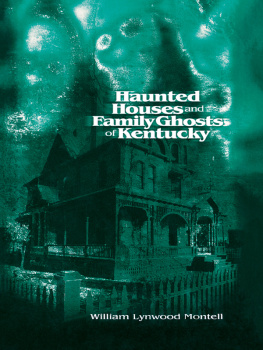


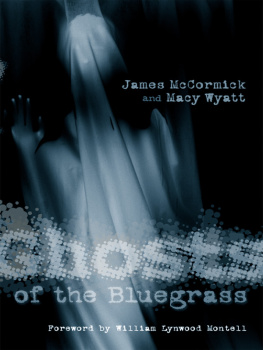
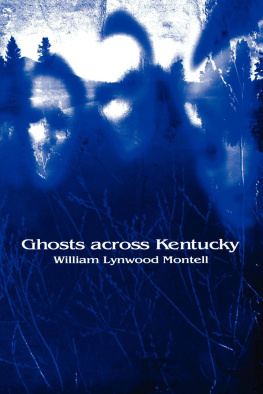
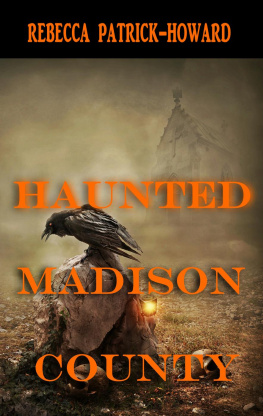
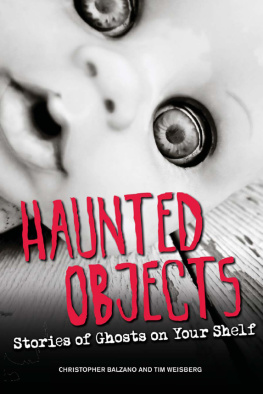
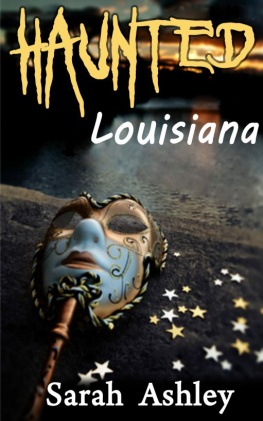


 Member of the Association of American University Presses
Member of the Association of American University Presses